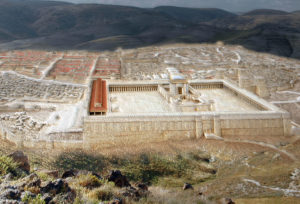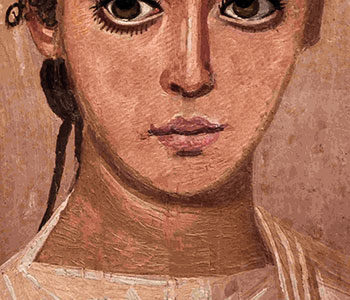IT’S THE QUESTION OF THE WEEK.
It comes from Wayne Sacchi, a Kentucky gent full of questions, I’ve discovered.
That’s a good thing.
For his curiosity, Wayne wins the book of his choice from this list of available books.
Here’s his question:
There is a new canon of the New Testament that has added 10 more books to the New Testament. Should I accept these? Were they accidentally left out?
Wayne linked me to this Huffington Post article written by Caleb Bell of the Religion News Service.
The article reports on a movement by a group of Christian and Jewish scholars to add 10 books to the New Testament that scholars in ancient times decided not to include.
Some of the add-on books may have been written during the same time books in the New Testament were written, though the dating of those add-ons is hotly debated among biblical scholars.
Some of these new books have helpful, uplifting, encouraging words that track nicely with Christianity.
Yet for any number of reasons, a majority of scholars in ancient times decided those books didn’t belong in the Bible.
Take the Acts of Paul and Thecla, written anywhere between about AD 85-160—some 20 to 100 years after Romans executed Paul.
This book is one of the 10 that the group of scholars has added to the new New Testament. It’s a story about Paul’s influence on an 18-year-old virgin named Thecla.
In this book, Paul comes across as a preacher who encourages women to skip money and sex.
Sounds like a nun.
Perhaps one reason scholars in ancient times decided against including this book in the Bible is because that portrait of Paul doesn’t match the self-portrait he painted in the letters he wrote.
In the Acts of Paul and Thecla, Paul reportedly created his own list of beatitudes. They show up in chapter one of the book.
One beatitude goes something like this:
“Blessed are they who have wives, but don’t have sex with them, for they shall be God’s angels.”
- Bible alert. First of all, that does not track with what Paul wrote in his letters: “A husband should satisfy his wife’s sexual needs. And a wife should satisfy her husband’s sexual needs,” (1 Corinthians 7:3 NIRV).
- Practical alert. Second of all, there’s no practical value to having a “just say no to sex” Beatitude in the Bible. Women don’t need it. If they don’t want to have sex, all they have to do is wear flannel to bed and not shave their legs.
Thecla’s story ends with a nasty group of men trying to have their way with her.
She prays for God to save her, and a rock near where she is standing opens up. She walks into the crevice, which closes like a door behind her, separating her from her shocked attackers, yet without squishing her into a strip of bacon.
This is an engaging story. But if we Christians decide to add it to our Bible, we should probably open up a new section called fiction.
The first time in history when all 27 books of our current New Testament show up in any kind of list, it shows up in an Easter letter by Bishop Athanasius in AD 367.
In his letter, he listed all 27 of these books and then added this note:
“These are the fountains of salvation, and they who thirst may be satisfied with the living words they contain.”
Thirty years later, a council of church leaders agreed with the bishop and acknowledged that the 27 books were:
- written by apostles or their close associates
- widely recognized in local churches as messages from God
- in line with traditional Christian teaching.
Most scholars at the time seemed to agree that the 10 books being suggested now as an add-on were none of the above.
But they are fun to read. Have at it if you get the chance.
Acts of Paul and Thecla is the only ancient book I know of that describes what Paul looked like.
My paraphrase:
Paul was a bald-headed, bowlegged, short man with a hooked and honking big nose that stuck out below one long eyebrow that lay on his forehand like a dead caterpillar.


Fascinating. But, I hope you are way off on that description of Paul. 🙂 ugh!
Debbie, here’s a more literal translation of the description:
“They saw a man coming (namely Paul), of a small stature with meeting eyebrows, bald [or shaved] head, bow- legged, strongly built, hollow-eyed, with a large crooked nose.”
Source: http://www.pbs.org/wgbh/pages/frontline/shows/religion/maps/primary/thecla.html